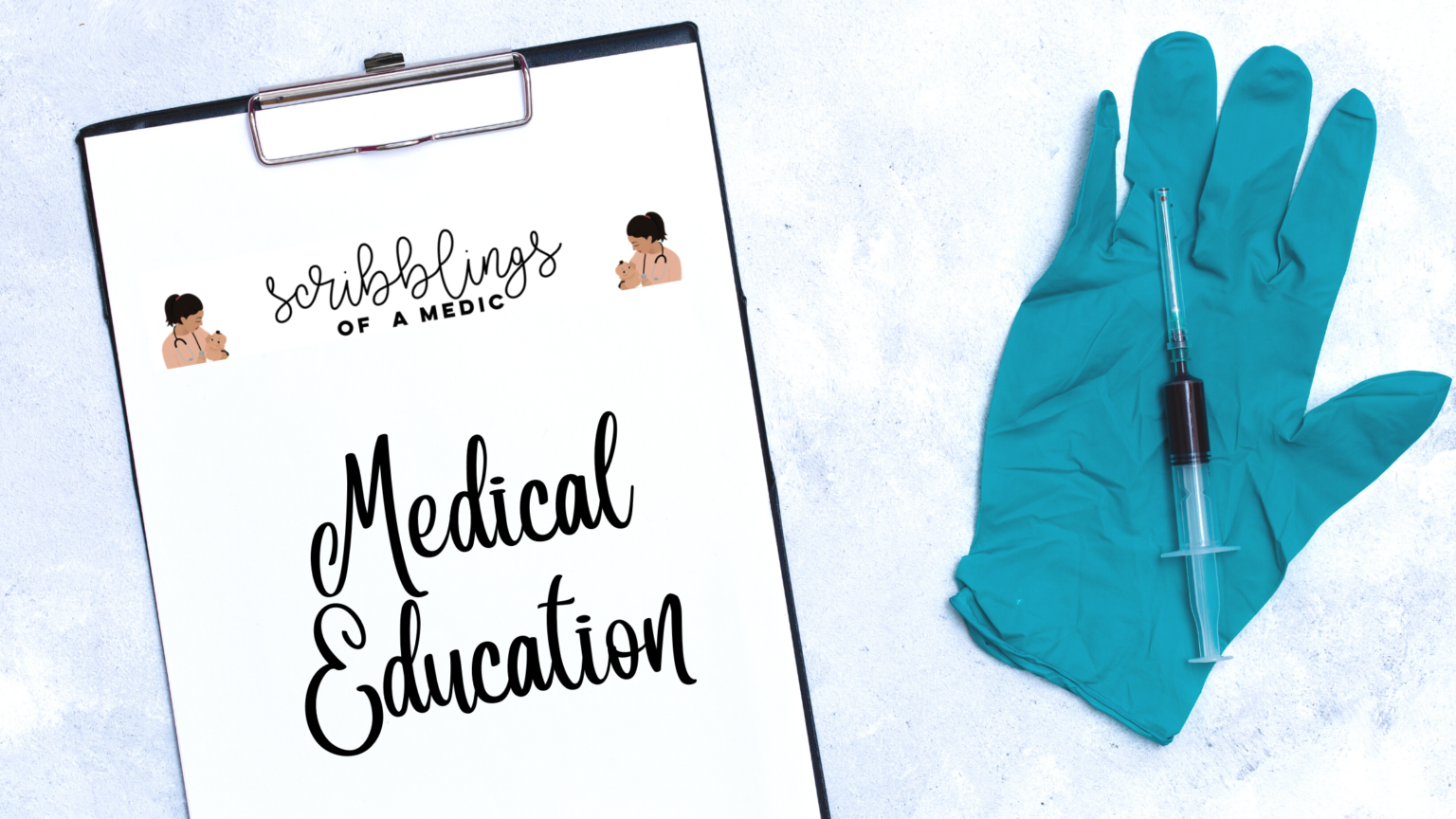One of my biggest fears are snakes. Venomous or not, I cannot stand the sight of snakes. They’re slithery, squirmy and just overall creepy. Unfortunately, like most tropical countries, Sri Lanka has a high number of snake bite victims. A publication in 2016 found that over a 1 year period, there were 80,000 snake bites of which 30,000 were envenomings and 400 resulted in death (Ediriweera D et al, 2016). This means that as an intern in either the medical/paediatric ward, you will frequently encounter patients with snake bites.
Now it wouldn’t be all that bad if it just was the patient, but normally the patient comes accompanied by its’ not-so-furry friend. The snake. Almost always in a plastic bottle or a plastic bag (bad idea!). Unfortunately bringing the snake along is vital for identification purposes as the priority with snake bite management is to find out if the snake is venomous or not.
Many lay people believe that treating a snake bite is as simple as just administering anti-venom, but it’s actually much more problematic than that. Anti-venom itself can be life-threatening as it itself can induce a severe anaphylactic reaction (in about 40% of patients which is ALOT!). So let me start with the case report and vent a little bit more about the snake bite situation in Sri Lanka.
So what happened?
It was 9:00 p.m. during an on-call shift as a paediatric intern when I got a call from the nurse that a 10 year old child had been transferred from a small district hospital as a result of a snake bite occurring 1 hour earlier. The child had been walking back home with his father and sister (who was on a bicycle). The father had accidentally stepped on a snake, which had first bitten the boy and then bitten the father. The courageous boy held the bike so that his sister would not fall and risk being bitten by the snake.
History and examination?

Taken from Clinical Practice Guidelines – Management of Snake Bites. http://www.slcog.lk/img/guidelines/Other%20national%20Gidelines/Physicians/Book%203/Management%20of%20Snake%20Bites.pdf
The father had been sent to the medical ward, so the little boy had no bystander. The child only complained of localised pain on his left foot at the bite site. The child was anxious and as there was no bystander we did not want to further distress the child with questions. With consent from his father who was still in the medical ward, we examined his foot. It was swollen and erythematous with fang marks present, but luckily not much local necrosis. The mother of the child soon arrived to be by his side. The child’s heart rate was mildly tachycardic, but respiratory rate, oxygen saturation and blood pressure were all stable. The child did not complain of any faintishness, nausea, vomiting, difficulty breathing, abdominal pain, paraesthesia or of any bleeding tendencies. Complete examination was normal – the child did not display any neurological symptoms, did not exhibit any abdominal tenderness and had no obvious bleeding. The mother of the child soon arrived to be by his side and denied any allergies. She expressed that the child had no co-morbidities and was not on any medications.
So what happened next?
The child could not adequately describe the snake as it was dark and he had not properly seen the snake. The next step for any snake bite that you cannot confirm is non-venomous is to rule out the main symptom category – neurotoxic, haemotoxic and nephrotoxic. A quick neuro examination ruled out neurotoxicity whilst a whole blood clotting time test will rule out haemotoxicity.
Whole blood clotting time – About 5ml of blood is collected into a test tube and left for 20 minutes in a cool dry place. After 20 minutes the test tube is turned upside down. If the blood has clotted, then it is normal. If the blood is still fluid, the envenomation has taken place and the venom is haemotoxic.
The child’s whole blood clotting time came back as negative (the blood clotted). However, something did not feel right to me and as we had already sent a full blood count, liver and renal function tests, serum electrolytes, PT/INR and APTT with the blood sample, I also asked the child to give an urine sample to check for any bleeding tendencies.
By this time I had informed my senior doctor on-call to keep her in the loop and she came in to see the child. Just as she came, he brought back the urine sample and it was bright red!! You can imagine my face! Immediately a 2nd whole blood clotting time test was done just to prove to ourselves that envenomation had occurred, but this did not change or delay our management plan.
Management?
After informing the consultant of the need to give the child anti-venom, we proceeded with the recommended management according to the guidelines. The child was first calmed down as much as possible and then the bite area was gently cleaned with soap and water. The child’s vital signs, GCS and urine output were closely monitored.
IV access (2 sites) was gained. The child was first given an appropriate dose of IV hydrocortisone (4mg/kg) pre-empting an anaphylactic reaction. Then 10 vials of IV Indian polyspecific anti-venom (100 ml) was diluted in 200ml of normal saline. This dose should be infused over a 1 hour period. Remember that in this instance, the dose does not differ between adults and children. The snake does not differentiate between adults and kids when injecting anti-venom! Before starting anti-venom, 3 stand by syringes of IV adrenaline were made in the case of anaphylaxis (paediatric dose of 1 in 1000 adrenaline depends on the age of the child – 1 month – 5 yrs = 150 micrograms, 6 – 11 years = 300 micrograms and more than 12 years = 500 micrograms). Even though research has not clearly shown if chlorphenaramine (piriton) is effective, it can be given so keep a syringe of the appropriate dose ready.
As per my luck, not even 5 minutes after starting the anti-venom drip the child became very irritable and started complaining of itching. We immediately stopped the antivenom infusion, but the child’s blood pressure rapidly dropped with accompanying tachycardia. Auscultations of the lungs also revealed rhonchi, even though oxygen saturation was still maintained. We quickly gave the child one bolus of IV adrenaline after which the child’s vitals became stable. As the child had developed an anaphylactic reaction, the consultant was informed and did not want to take the chance of another one developing so the child was admitted to the ICU for further administration of the anti-venom. In the ICU, the remaining anti-venom was given without a problem and the following day, the child came back to the paediatric ward.
The child was also given IV C-Penicillin, IV gentamicin with topical antimicrobial as there was a little bit of tissue breakdown around the bite site. The child otherwise had a full recovery and went home.
Discussion
Identifying the snake is the main problem us doctors are faced with. Even if they do bring the snake in, it’s pretty difficult to identify the snakes – especially the baby ones. My ward has this ancient humongous chart which I had to go hunting for every time a snake bite victim came in and to be honest, I never was a 100% sure. I would always have to run around the hospital asking staff who live in the area to come and identify the snake. Recently however, a great website has been launched to make snake identification much easier – https://snakesidentification.org/ They have an online self identification chart to help find out the snake type in a hurry, but also there is a page where you can submit a picture of the snake, answer a couple of questions and they will reply to you with what they think the snake is as soon as possible.
To identify which snake it was, you can also co-relate the symptoms in a table like below, but just remember that this makes NO difference in your management because obviously if there is haemolysis then you need to treat the envenomation. It’s just good to know the correct causative agent!

Snake species identification via symptoms
Final thoughts
My main problem is that even despite the large number of people affected by snake bites, the government still doesn’t do much. Most of Sri Lanka still has no electricity and hence no road lights. Many locals still wander around at night with weak kerosene oil lamps and can easily accidentally step on a snake.
Another shocker is that our anti-venom comes from India (it is a polyvalent, aimed to treat the snake bites of the deadliest snakes we have – cobra, Russel’s viper and Krait). The hump nosed viper bites which are also very prevalent in Sri Lanka and are venomous are not covered by this. In addition to the large amount of reactions, it is pretty obvious that the species of snakes in India and the snakes in Sri Lanka are different, so it is unknown how effective the anti-venom actually is. Props to the 3 Sri Lankan doctors who took matters into their own hands and started a serpentarium in hopes of producing Sri Lanka’s first own polyvalent antivenom. They send the samples to a lab in Costa Rica and have found success with a new concentrated anti-venom serum that also works against hump-nosed pit vipers. Clinical trials have started with brilliant results thus far – only 2 vials are required as opposed to the 10 currently used with negligible allergic reactions. Cannot wait for this to become a reality!
As always, would love to hear your experiences with snake bites, so do get in touch!
Additional important points
- Do not give any IM injections as this can cause intramuscular bleeds, but prior to discharge the patient must have been given a tetanus vaccine.
- Do not give aspirin as this can further potentiate bleeding. Paracetamol can be used for pain relief.
- Anti-venom only exists against the venom of Cobras, Russel Vipers, Common Krait and Saw scale vipers. There is NO antivenom therapy currently for the bites of hump nosed vipers, green pit vipers and sea snakes.
- In viper bites, anti-venom may need to be repeated again after 6 hours, if a repeat whole blood clotting time is still prolonged (not repeated even if neurological symptoms persist).
- Signs that an adequate dose of anti-venom has been given include – bleeding settles, WBCT restores within 3 to 9 hours, patient feels better and symptoms including neurological ones reduce.
- Systemic envenomation can reoccur within 24-48 hours so remember to monitor the patient continuously for 2 more days.
- Patients with neurotoxic envenoming may have respiratory paralysis requiring assisted ventilation.
- Strict bed rest is encouraged in patients with haemolysis, and if renal failure occurs, then dialysis is required.
- Local necrosis may require surgical debridement once coagulopathy is corrected.
- In addition to anaphylaxis, pyrogenic reactions can occur and may induce febrile convulsions in children – cooling and antipyretics are required.
- If suspecting a russel viper bite – ask the patient to avoid coconut water and fruit juices as renal failure may be present with hyperkalaemia.





